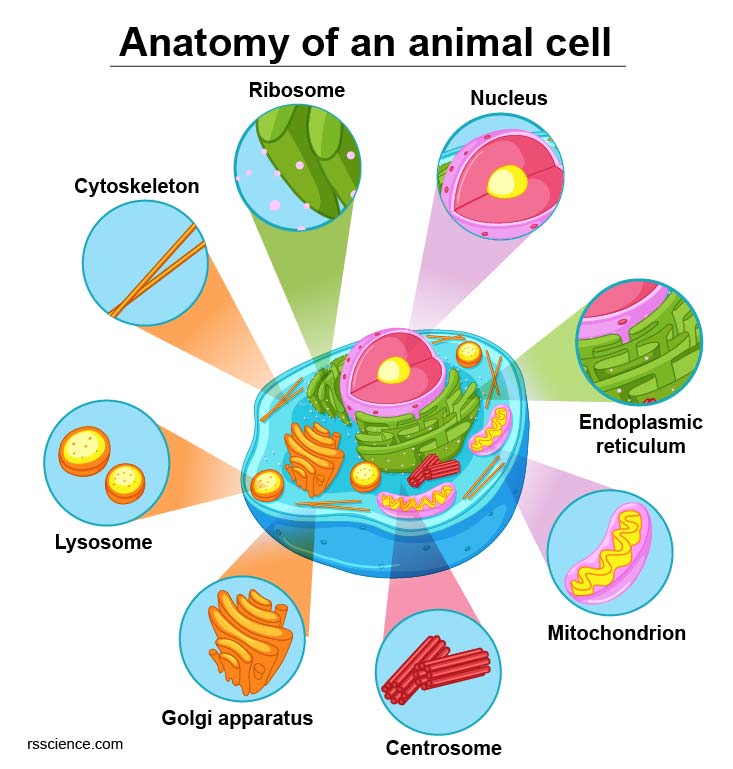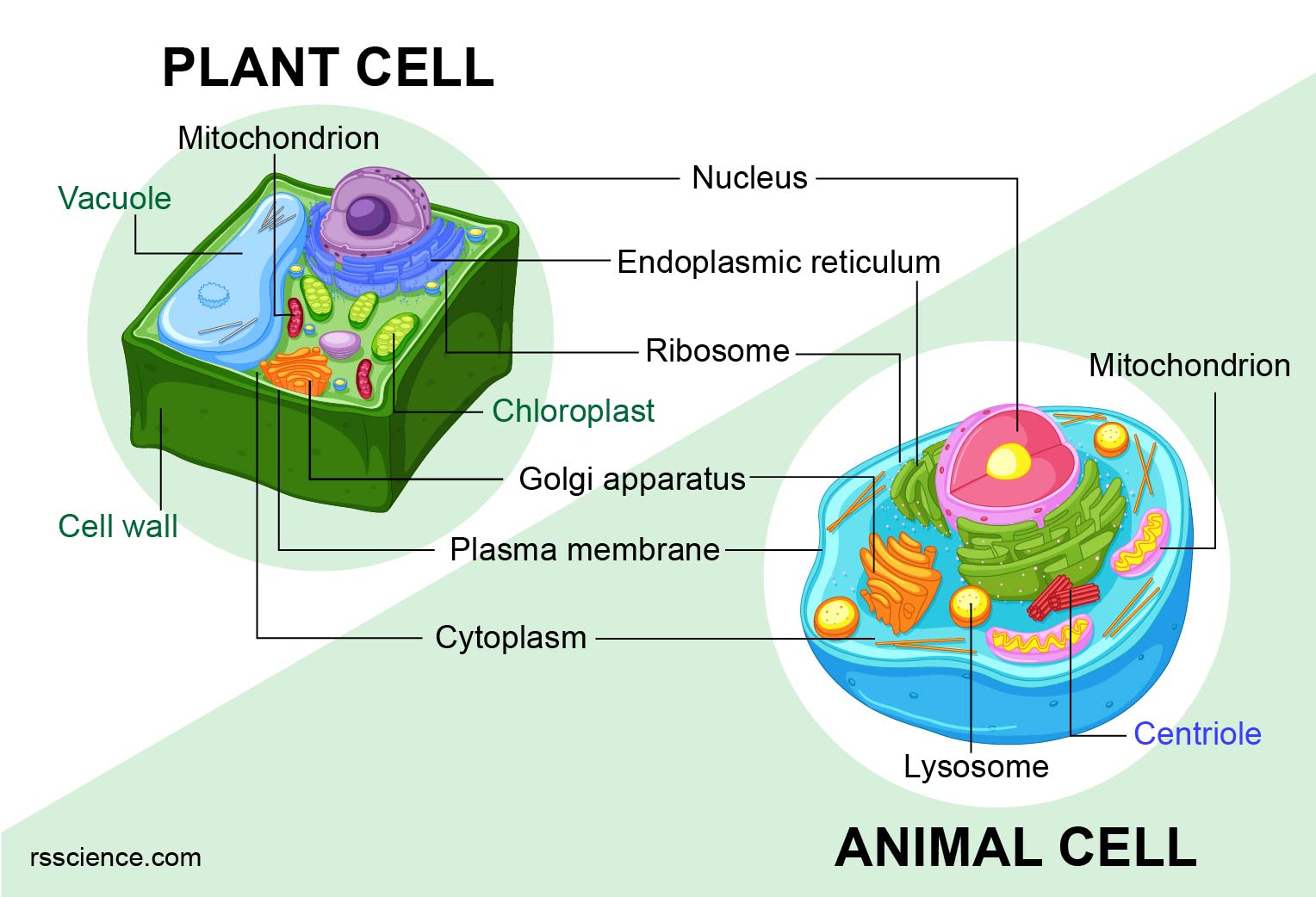What Features Do Viruses And Animal Cells Have In Common
They contain nucleic acids such as DNA or RNA. Cell wall of fungus is primarily made up of chitin whereas in some animals chitin is present in the exoskeletal structures of insects spiders and crustaceans.

Animal Cells Vs Plant Cells What Are The Similarities Differences And Examples
See full answer below.

What features do viruses and animal cells have in common. Become a member and. Both viruses and living cells. In order to reproduce a virus must infect a host cell and reprogram it to make more virus particles.
Examples of viral animal diseases include hepatitis C chicken pox and shingles. They are inactive outside the body of living cells. There are a number of similarities between viruses and cells.
An animal virus has special surface molecules that let it bind to receptors on the host cell membrane. Once it infects a susceptible cell however a virus can direct the cell machinery to produce more viruses. They can infect animals plants and even other microorganisms.
Both are having chitin. They contain a nucleus and organelles. Viruses have some important features in common with cell-based life.
In many animal viruses an extra envelope surrounds their protein coat. The similarities differences between the cell structures of the virus plant animal bacteria cell. Viruses that infect only bacteria are called bacteriophages and those that infect only fungi are termed mycophages.
Animal viruses like other viruses depend on host cells to complete their life cycle. The nucleic acid may be single- or double-stranded. The common animal viruses are small pox virus influenza virus mumps virus polio virus and herpes virus.
Most viruses only infect one kind of animal. The entire infectious virus particle called a virion consists of the nucleic acid and an outer shell of protein. Nonliving characteristics include the fact that they are not cells have no cytoplasm or cellular organelles and carry out no metabolism on their own and therefore must replicate using the host cells metabolic machinery.
Most viruses have either RNA or DNA as their genetic material. 2002-37 Tuberculosis is caused by a bacterium Mycobacterium tuberculosis. There are even some viruses called virophages that infect other viruses.
The first key step in infection is recognition. What do viruses have in common with living cells. Even though animals are related there are small differences in the cells of each kind of animal.
Both are too small to be seen with naked eyes and require a microscope for. These new viruses then leave the host cell causing it to die and go on to infect more cells. They often have to run their course before symptoms disappear.
Viruses open those locks and can only use that kind of animal as a host. Plant and animal cells. The genome of animal cells is always in the form of DNA and it.
Animal viruses may enter a host cell by either receptor -mediated endocytosis or by changing shape and entering the cell through the cell membrane. Viruses have two main features in common with animal cells a genome and a membrane. Viruses cause diseases in humans and other animals.
Also like cell-based life viruses have genetic variation and can evolve. The main difference between a cell and a virus is that a cell whether it is prokaryotic or. For instance they have nucleic acid genomes based on the same genetic code thats used in your cells and the cells of all living creatures.
Viruses are infectious agents with both living and nonliving characteristics. Both store carbohydrate as glycogen reserve food 5. They make their own food.
An individual virus docks on the surface of a cell infects it hijacks the cellular machinery inside and replicates itself sometimes thousands of times. A virus is a small parasite that cannot reproduce by itself. Viruses and animal cells.
It is like the cells of different animals have specific doors and locks on the outsides of the cells. On entering the cell these disturb the metabolism of the host cell and cause various diseases. Viruses can infect animals plants and even other microorganisms.
Which of the following characteristics is shared by viruses and living cells. 2002-41 Which characteristic do viruses possess in common with living cells. Based on what you learned about size scale and the component parts of a virus justify with scientific reasoning how a virus.

Onion Cell Plant And Animal Cells Plant Cell Structure Things Under A Microscope

Animal Cell The Definitive Guide Biology Dictionary
What Features Do Plant Cells And Animal Cells Have In Common Quora

Major Type Of Lipid Found In The Cell Membrane Study Com

Plant Cell Vs Animal Cell Difference And Comparison Diffen

Animal Cells Vs Plant Cells What Are The Similarities Differences And Examples

Animal Cells Vs Plant Cells What Are The Similarities Differences And Examples

Animal And Plant Cells Worksheet Inspirational 1000 Images About Plant Animal Cells On Pinterest Chessmuse Cells Worksheet Animal Cell Animal Cells Worksheet

Bacteria Cell Evolution Classification Britannica

Save This One For The Science Fair How To Diy A 3 D Model Of An Animal Cell Craftsncoffee Com Animal Cell Project Animal Cell Model Project Cells Project

Using C E R To Refute The Difference Between An Onion Cell And Cheek Cell Strategies Include Categorizing The Cel Plant And Animal Cells Word Bank Animal Cell
Https Pa01000192 Schoolwires Net Cms Lib7 Pa01000192 Centricity Domain 48 Cells 20study 20guide Pdf

3 3 Eukaryotic Cells Concepts Of Biology 1st Canadian Edition
What Features Do Plant Cells And Animal Cells Have In Common Quora
What Features Do Plant Cells And Animal Cells Have In Common Quora

Animal Cells For Kids Explained Coolaboo Education Site

Cell Structure Organelles And Function Micro B Life


Post a Comment for "What Features Do Viruses And Animal Cells Have In Common"